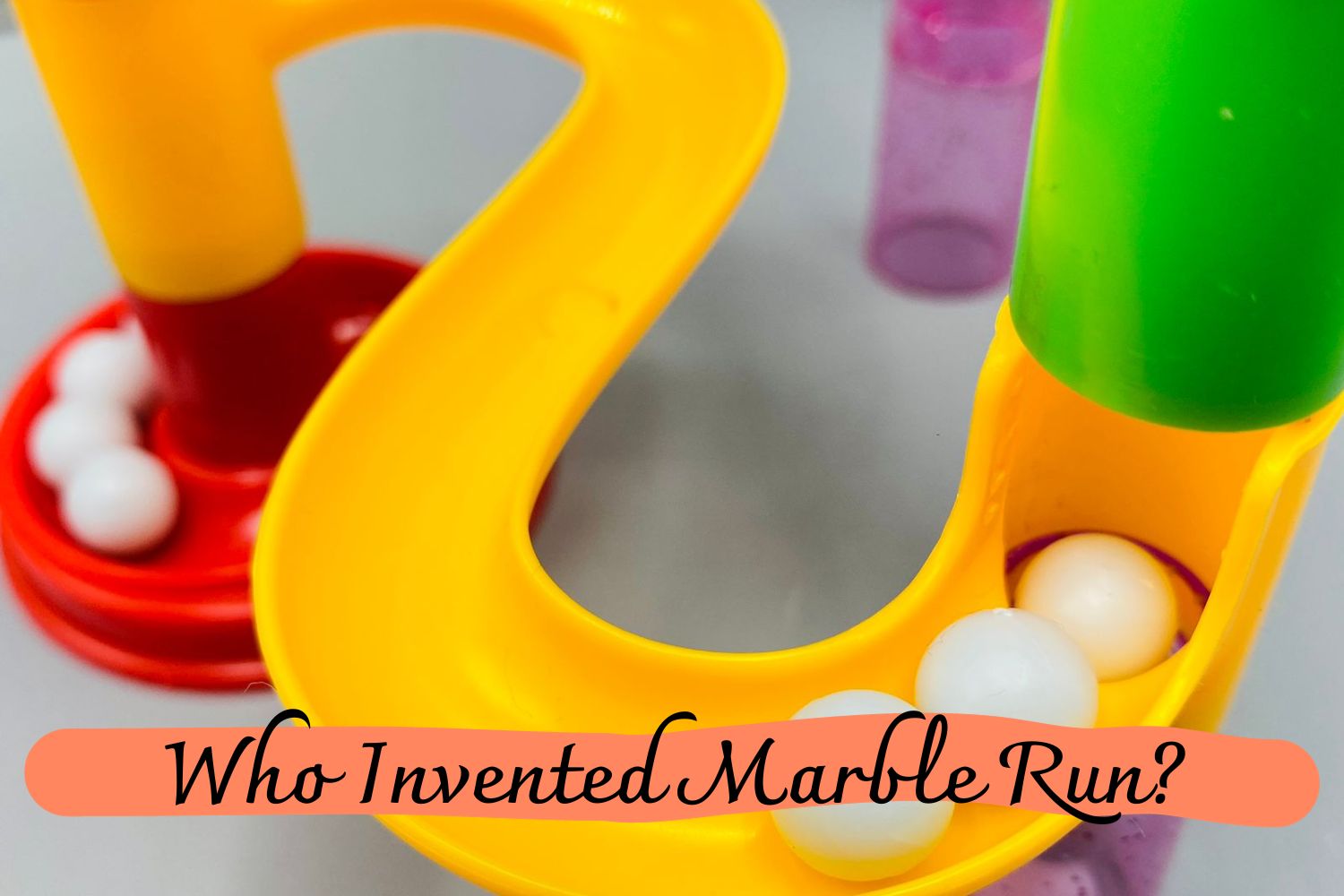Discover who invented Marble Run, and how it became one of the most popular games in recent history. Learn more about its evolution and find out why it’s still fun to play!
Who Invented Marble Run? | A Look at Its Historical
Have you ever experienced the sheer joy of watching colorful marbles glittering and spinning their way through a series of tubes and slides? As children, most of us have had great fun putting together pieces to build our very own marble run.
But did you know that this beloved toy has been around much longer than it may seem? For centuries, people have enjoyed playing with various forms of marble runs – from ancient hollowed-out logs to modern 3D kits – but who was the genius behind inventing these exciting toys?
The short answer is: Tom Karen, the mastermind behind iconic creations such as the Raleigh Chopper bike, Marble Run, and Scimitar GTE (as seen in The Crown series 2), has also blessed us with the Bond Bug, and an array of beloved toys, games, and vehicles. Embraced by children worldwide, his innovative designs continue to captivate hearts.
In this blog post, we will explore the fascinating history behind who invented Marble Run and why it continues to capture our curiosity today.
Introducing Marble Run
Marble runs have been a beloved toy for kids for centuries, offering a mix of entertainment and complexity. These creative structures can be made from wood, plastic, or metal and come in various shapes and sizes, allowing for designs that are as simple or intricate as you desire.
The history of marble runs is vast and diverse. Early versions were made from stones and wood, consisting of basic tracks for marbles to roll down. Over time, they evolved into more complex structures. In the 1800s, mass-produced marble runs emerged, constructed from materials such as glass, plastic, and metal. With added tracks and obstacles, these versions were far more intricate than their predecessors.
During the 1900s, marble runs gained popularity, appearing in movies and TV shows and becoming a cherished toy for children of all ages. Their educational value was also recognized, as they became tools for teaching physics and engineering concepts to young minds.
Today, marble runs continue to capture the imaginations of children and adults alike. They can be found in stores and are available for purchase online. Marble run competitions have become a popular pastime, taking place around the world.
Origins of Marble Runs
Unveiling the intriguing history of marble runs, these early marvels were handcrafted using materials such as stones and wood. Despite their simplicity, they proved to be a source of endless entertainment as marbles raced down tracks.
Evidence of marble runs can be traced back to ancient civilizations, with the word “marble” believed to originate from the term “marmor,” meaning “stone.” Egyptians, renowned for their ingenuity, utilized marble for various purposes, from playful games to intricate jewelry and home decorations.
Not only did the ancient Greeks and Romans partake in the joy of marble play, but they also had a designated term for marble – “pilae.” These prized spheres often served as coveted prizes in games and competitions, even functioning as a form of currency.
Imagine the artistry and craftsmanship involved in constructing marble runs during these influential stages of history, utilizing captivating stone and marble materials.
Who Invented Marble Run? | The Genius Behind the Creation
So, who was the mastermind behind modern-day marble runs? In 1965, toy and game designer Tom Karen designed and patented Marble Run as we know it today. With a background in engineering, Karen’s passion for design led him to create one of the most iconic toys of all time.
Karen’s creation has remained virtually unchanged since its introduction, with only minor modifications and updates to keep up with modern trends. Today, Marble Run is still recognized as a timeless game that continues to bring joy and entertainment to generations.
Marble Runs Today
Today, marble runs continue to evolve and inspire creativity. With the advancement of technology, designers have been able to incorporate new elements such as lights and sounds into their creations, making them even more enticing for children.
In addition, there are now multiple variations of marble runs available, including magnetic sets and motorized versions that add an extra level of excitement to the game.
Marble runs have also found their way into classrooms, with teachers using them to teach physics concepts such as gravity and motion. They are also used in STEM (science, technology, engineering, and math) activities, promoting critical thinking and problem-solving skills.
Conclusion
Marble Run has been around for centuries, evolving from simple structures of wood and stone into the modern-day plastic and metal versions we know and love today. Thanks to the creativity and ingenuity of Tom Karen, we can continue to enjoy this beloved game for years to come.
Next time you experience the mesmerizing journey of marbles racing through a series of tubes and tracks, remember the rich history behind who invented Marble Run. It’s truly remarkable how such a simple yet captivating toy has stood the test of time and captured the hearts of people worldwide.
Thanks for reading our article. If you want to know more information, visit our website here.
Read more:

